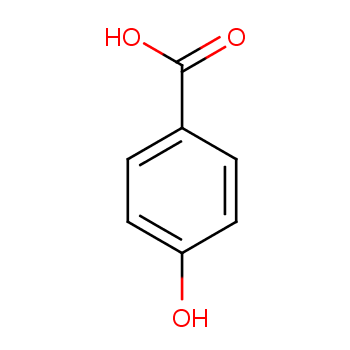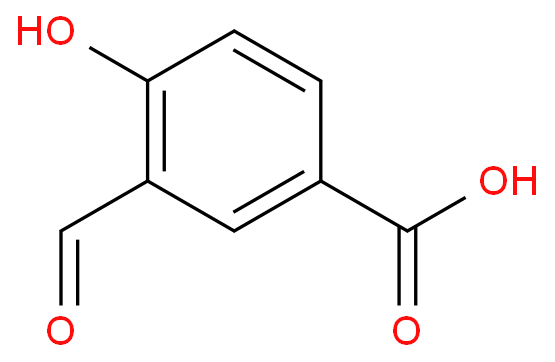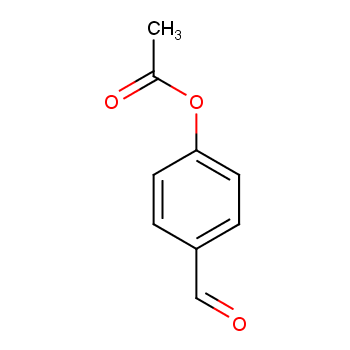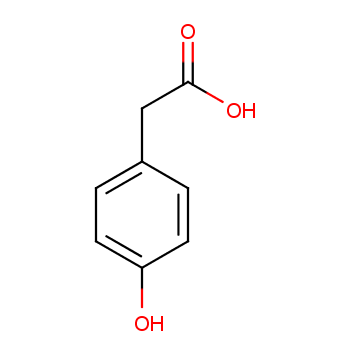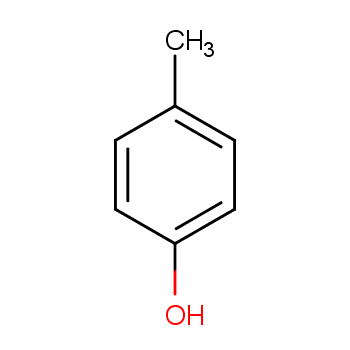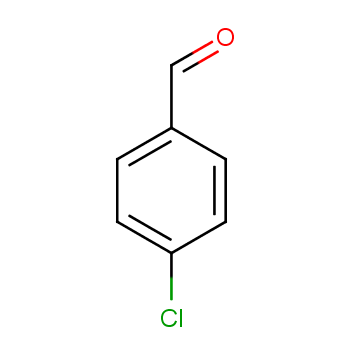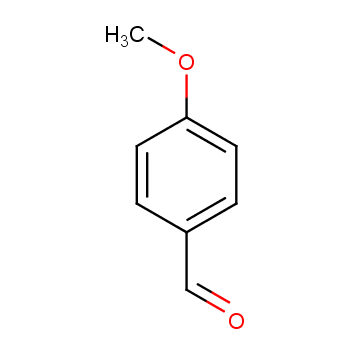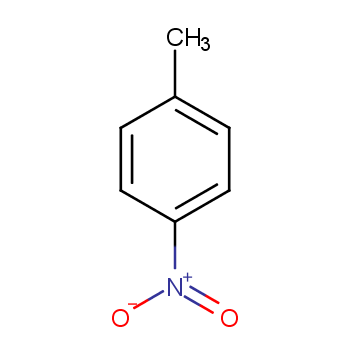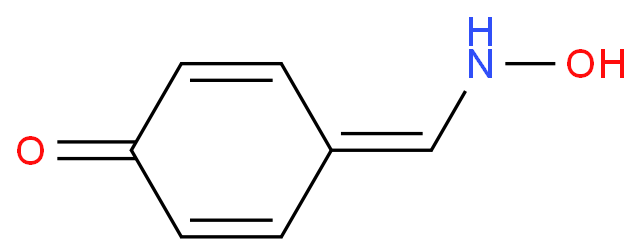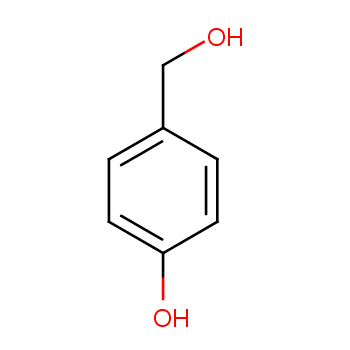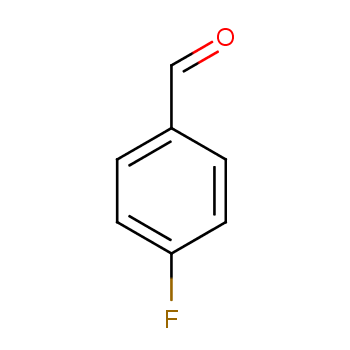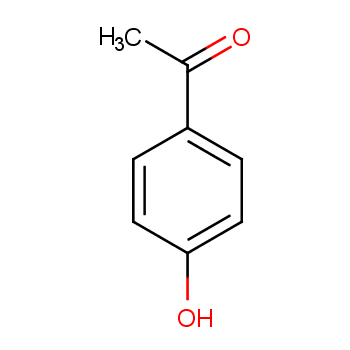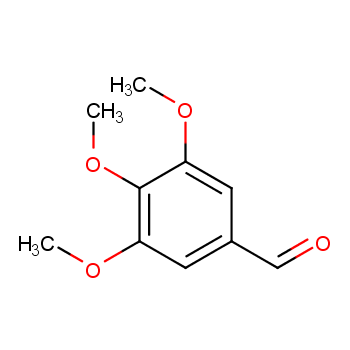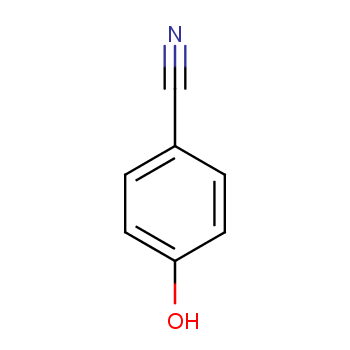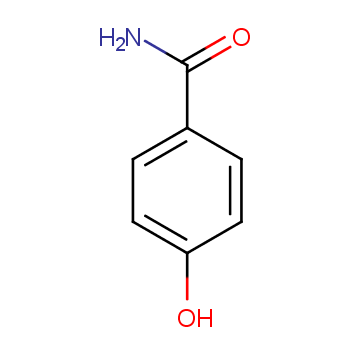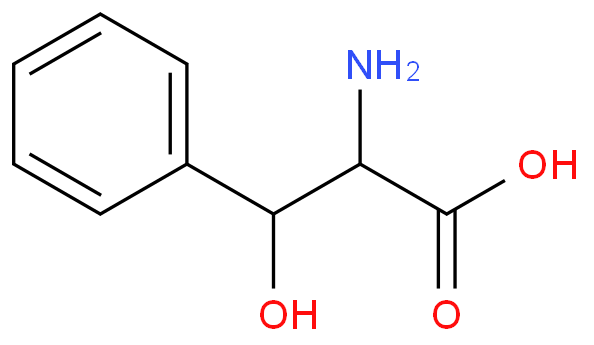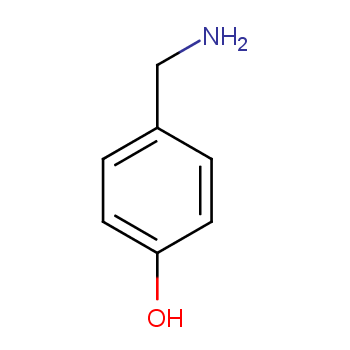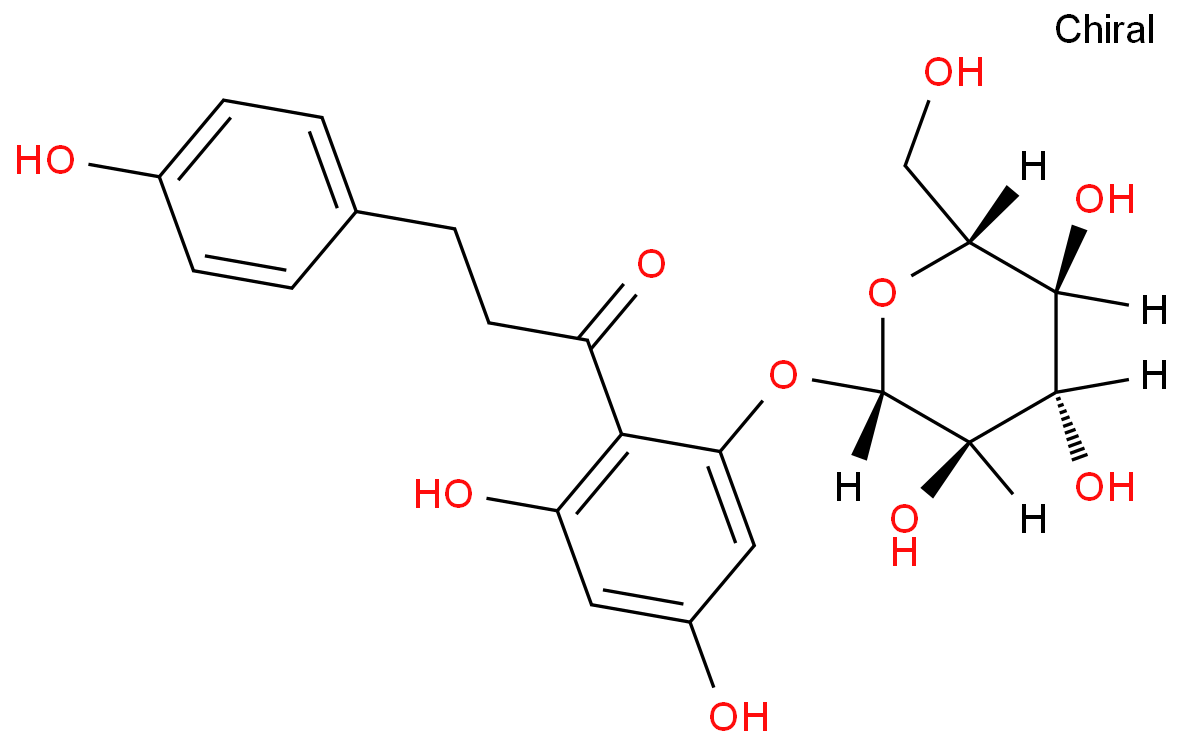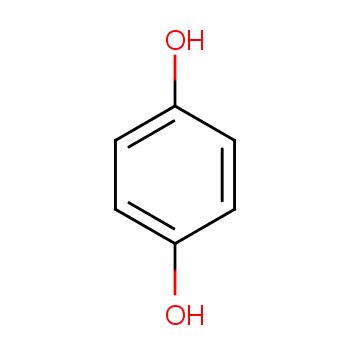p-Hydroxybenzaldehyde (CAS 123-08-0) is a white to light yellow crystalline powder. It has a basic structure of a benzene ring with a hydroxyl group (-OH) and an aldehyde group (-CHO) attached to it. This chemical is sparingly soluble in water, but it can dissolve in organic solvents such as ethanol and ether. p-Hydroxybenzaldehyde has a melting point of 114-116°C and a boiling point of 196-198°C. It has a molecular weight of 122.12 g/mol.
Applicable Fields
p-Hydroxybenzaldehyde finds applications in various fields:
Pharmaceutical Industry: In the pharmaceutical industry, p-Hydroxybenzaldehyde is used as an intermediate in the synthesis of various drugs and pharmaceutical compounds. It can be used as a starting material for the synthesis of antihistamines, antimalarial drugs, and other pharmaceuticals.
Flavor and Fragrance Industry: This chemical is also utilized in the flavor and fragrance industry. It can be used as a building block for the synthesis of various flavors and fragrances. p-Hydroxybenzaldehyde contributes to the aroma and taste of certain food products and perfumes.
Mechanism of Action
The mechanism of action of p-Hydroxybenzaldehyde depends on its specific application:
In the pharmaceutical industry, p-Hydroxybenzaldehyde can undergo various chemical reactions to form the desired pharmaceutical compounds. It can participate in condensation reactions, oxidation reactions, and other transformations to produce the desired products.
In the flavor and fragrance industry, p-Hydroxybenzaldehyde contributes to the overall aroma and taste of the final product. Its specific mechanism of action in flavor and fragrance formulations may vary depending on the specific compound being synthesized.
Storage Conditions
Store in a cool, dry place.
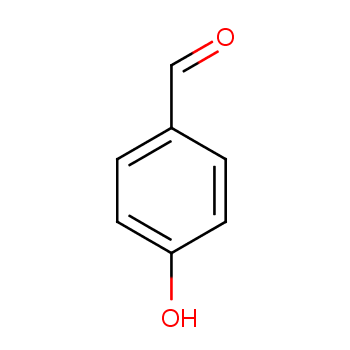
 EN
EN


 Xi
Xi 






